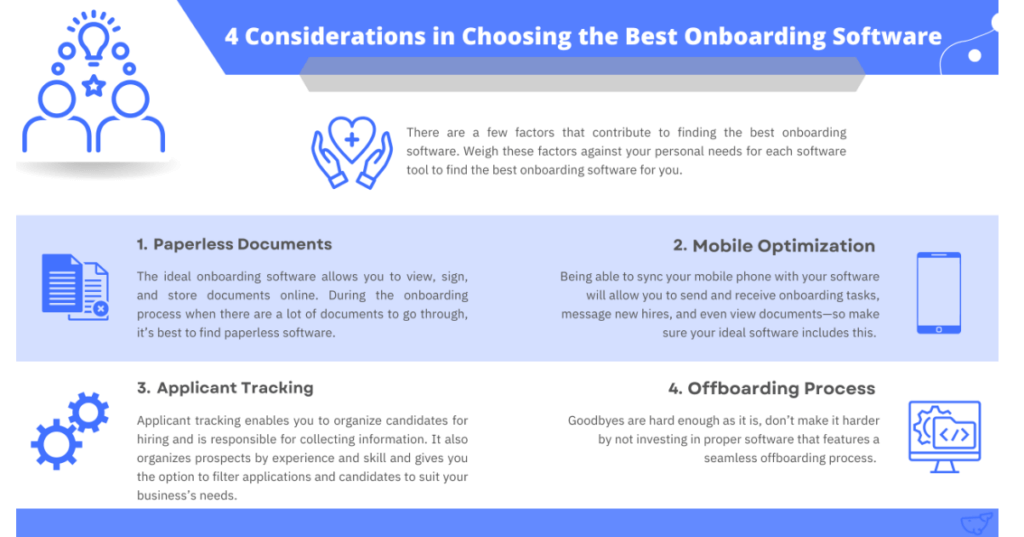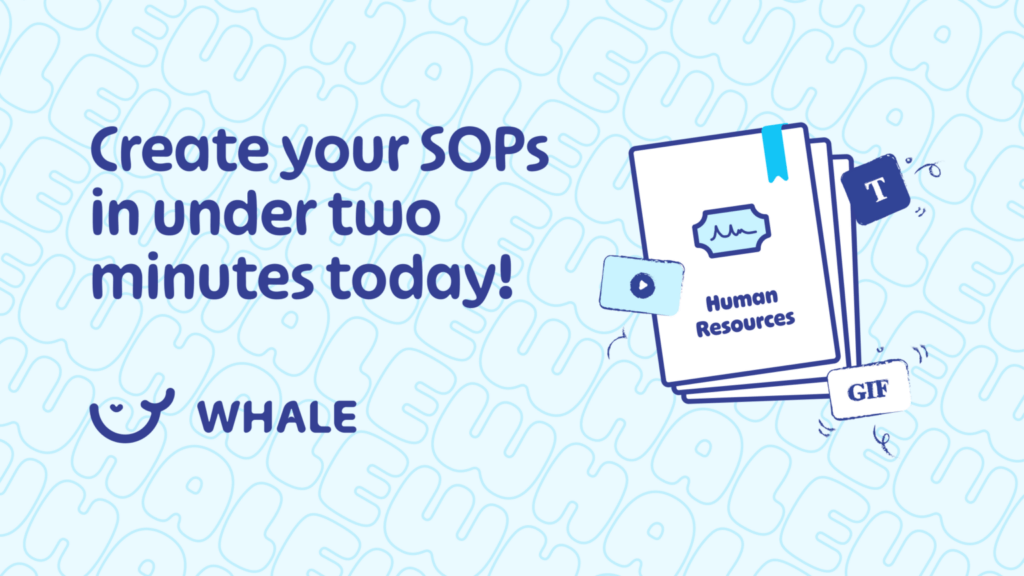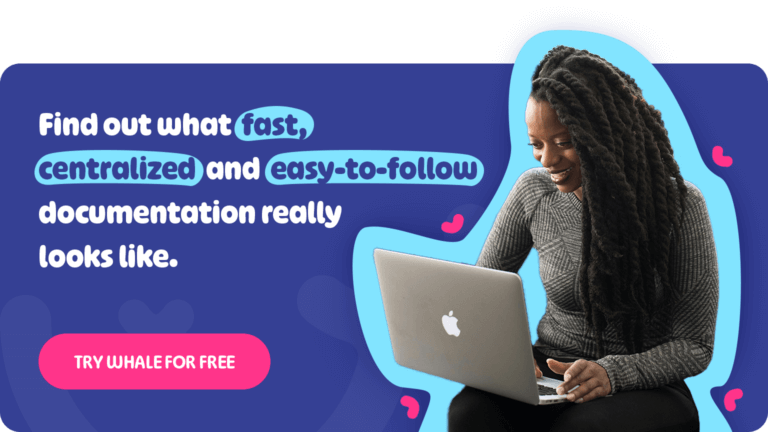From remote working to an increased reliance on tech, a lot has changed in the last 18 months. But what does that mean for employee onboarding? Let’s find out.
From widespread hiring freezes to permanent changes in employee onboarding, business leaders have had a lot to deal with over the past year.
Since Covid hit, not only has the recruitment landscape changed for good, companies are now relying on tech more than ever to connect with remote employees. And after a year of rapid digital transformation, it looks like the change is here to stay — in fact, almost 75% of all teams are set to have remote workers by 2028.
In an area that was already jam-packed with challenges, new remote processes have made employee onboarding, hiring, and training more nuanced than ever.
But what does that mean for your business? Is it really worth switching up your onboarding practices to match the new working landscape? And if so, what should employee onboarding in the new normal actually look like?
Let’s find out.
Why adapting your employee onboarding practices is everything
Every HR pro knows great employee onboarding is the key to a healthy company.
From boosting retention to improving company culture, there are a ton of reasons to channel fresh energy into your onboarding practices post-Covid.
Here are just a few:
- Employee expectations have changed: When it comes to the post-pandemic world, your new employees expect an extra helping hand — 81% are now looking for a supportive leadership style, while 72% expect extra digital and remote work training.
- Replacing employees is expensive: With great onboarding processes boosting employee retention by a whopping 82%, it’s worth investing in your systems — especially when the cost of a bad hire can set you back anywhere between 16-20% of their annual salary.
- Great onboarding directly impacts productivity: At the end of the day, you’re here to boost productivity and increase revenue. Lucky for you, companies with a standard onboarding process improve new-hire productivity by up to 50%.
Ready to bring your employee onboarding practices into the 21st century? Book your personalized demo today!
You’ll be able to boost productivity by choosing onboarding software that helps you get your team members up to speed in no time!

Graphic provided by Crazy Egg
New hires, new normal: How to make employee onboarding look simple in the post-Covid era
You know it’s time to up the ante on your employee onboarding. But how do you actually get there?
Whether your employees are in-house, remote, or both, there are a few key rules to make sure you always hit the high expectations of new hires.
Here’s what employee onboarding in the new normal should actually look like:
- Consistently update your processes: Keeping up-to-date is 9/10ths of the law when it comes to great employee onboarding — set regular reminders to make sure your knowledge stays relevant, and employees know the latest on everything from policies to branding. (Psst! With Whale you can set automatic reminders for subject matter experts so they remember to update key docs when it really matters).
- Utilize employee networks to boost productivity and reduce isolation: Despite the many pros of remote work, a huge 26% of employees actually feel isolated when they work remotely. Connect remote employees while they learn with on-the-go messaging. Tools like Whale allow new hires to directly message subject matter experts to gain extra insights and bond with colleagues. It’s a win-win.
- Invest in a smart training and knowledge platform: Wherever your employees work, investing in a training platform can help boost employee onboarding, training, and support via a streamlined system (we know one that fits the bill
). As the world becomes more digital-dependent it really is a no-brainer.
🐳 Whale Deep Dive: Onboard new employees with love
AI transcription startup Trint is one company that has truly aced the post-Covid employee onboarding challenge. According to Forbes, Trint CEO Jeff Kofman takes a fully human-first approach: “Treat onboarding new employees like falling in love.”
After Trint’s initial “flirting” stage (ie, recruitment), comes “falling in love” — known to most of us as ‘onboarding’. In other words, the team stays in constant contact with new hires, offers max emotional and professional assistance, and builds trust by following through with your promises.
The moral of the story? Make sure all your new hires feel that warm fuzzy feeling from day one.
Ready to bring your employee onboarding practices into the 21st century?
If we’ve learned anything since Covid hit, it’s that every cloud has a silver lining — especially when it comes to onboarding in the new normal.
From investing in new training and knowledge platforms to committing to consistent policy updates, there are a million and one ways to match your systems with the post-pandemic world.
Many companies have already taken the opportunity to breathe new life into outdated onboarding practices, show employees they truly care, and align with new post-Covid employee expectations.
Now it’s time you do too.
Ready to bring your employee onboarding practices into the 21st century? Check out our 3 part mini-series on employee training, starting with new employee onboarding.




